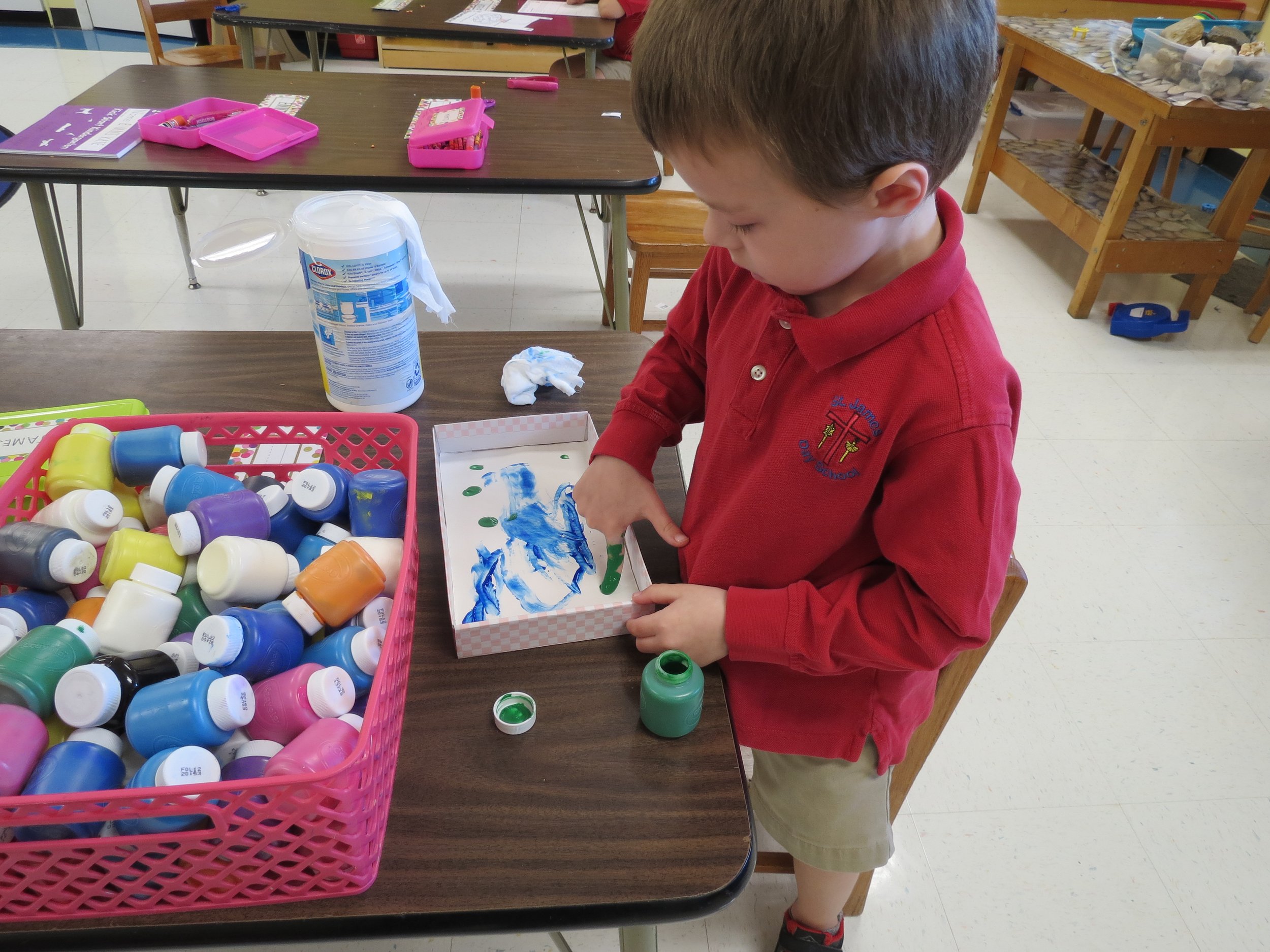After waiting 3 weeks, there was some indication that our chicks were ready to hatch. To our surprise, we were greeted Monday morning to the sound of three chirping chicks! We still observed a few eggs with small cracks in them. The process chicks go through as they hatch is long, it can take up to 12 hours, so we knew there was still some time to wait before the rest of them hatched.
The next morning there were two brand-new baby chicks in the incubator! Watching the chicks hatch was a real, meaningful, and fun learning process for both teachers and students alike. A big thank you to Cherrie Curtis, CEA - 4H and Young Development Leader, for helping us with this life cycle!
Our focus question this week was how can we make a road? The children had to work as a group to construct a road in the room. I was very impressed with their building skills.
We looked at a map, and talked about how maps tell you where you are going. The students were given a sheet of paper and drew a map of our campus. How impressive are these kiddos?
S is for Symmetry
I explained that something is symmetrical when it is the same on both sides. The children were given a paper with half of a butterfly on it and had to draw the other side. This was not an easy task, but I was so proud of all their efforts!












































































